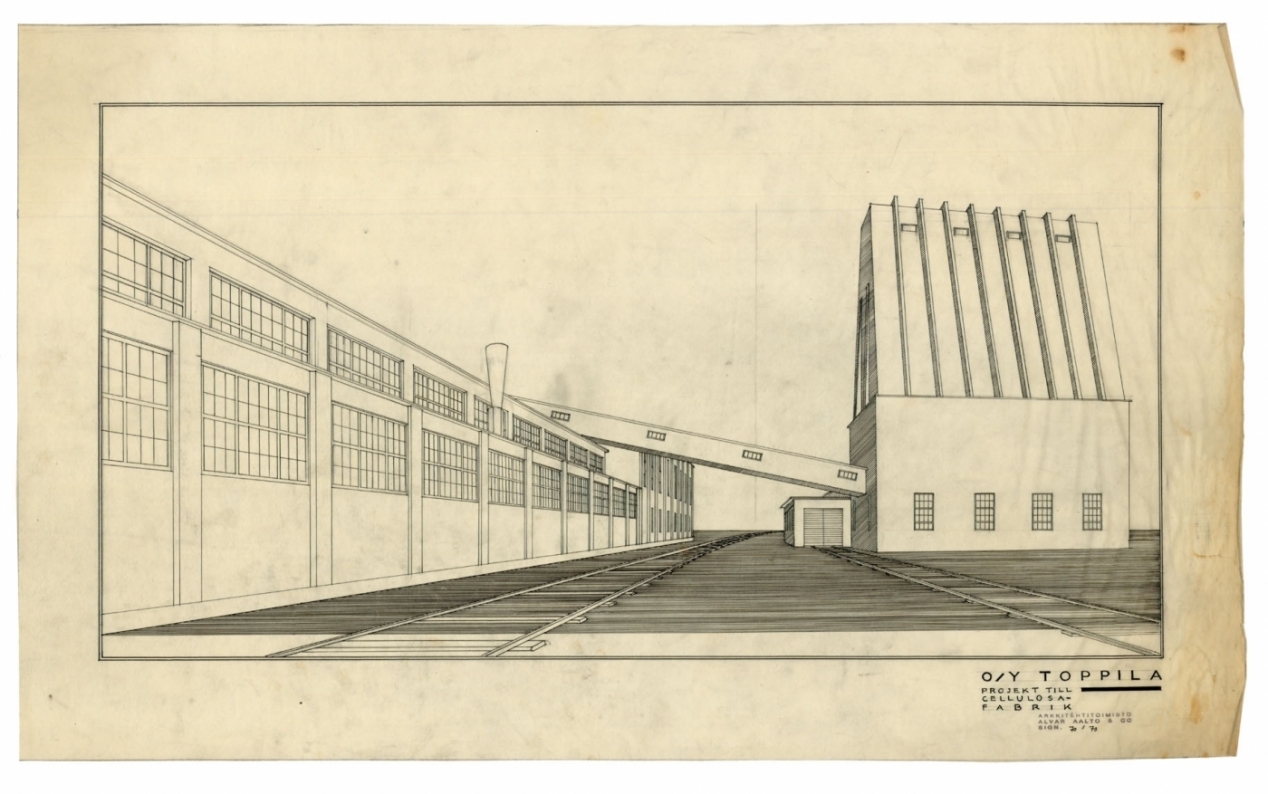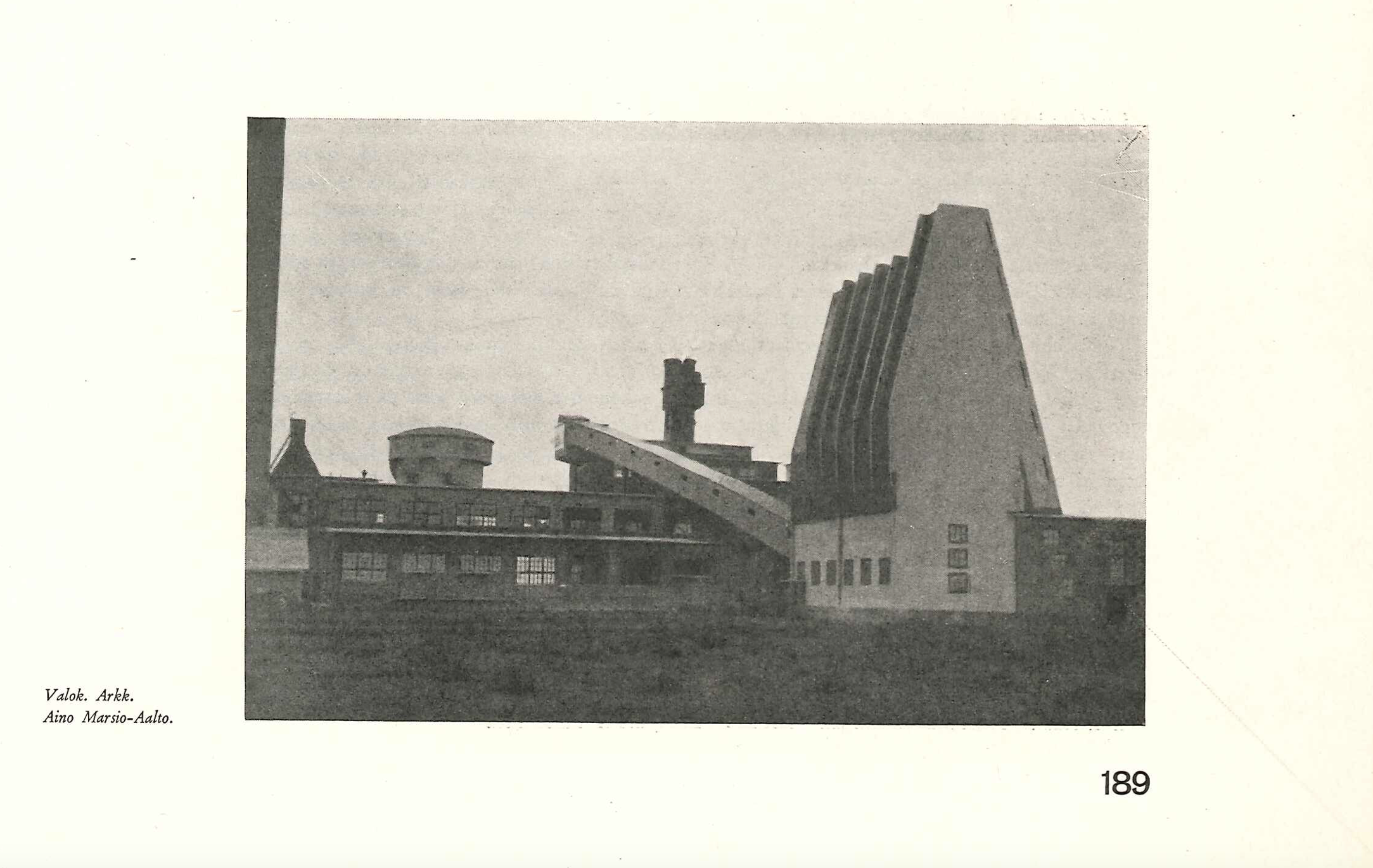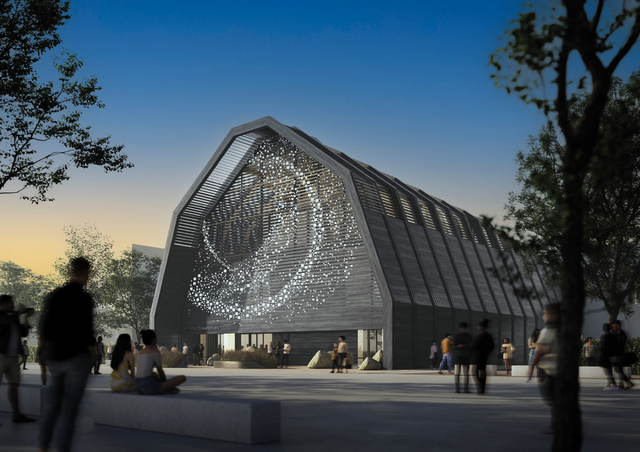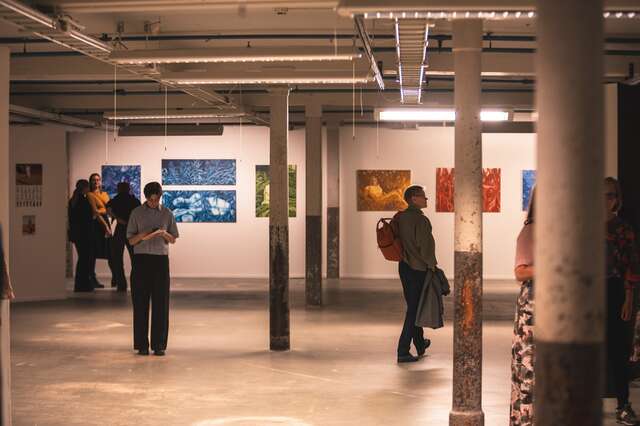Aalto Silo becomes new NEB partner

Aalto Silo, located in the Meri-Toppila district of Oulu, is now an official partner of the New European Bauhaus.
The Aalto Silo, a former woodchip storage building for Toppila cellulose factory in Oulu, is currently being renovated by the local association Aalto Siilo.
The building, completed in 1931, is one of the firsts of Alvar Aalto's internationally recognised industrial projects from the end of the 1920s and the beginning of the 1930s. At the start of the 1990s, following the closure of the plant, the area underwent large rezoning, and key industrial buildings were designated for protection under various categories. The pulp mill site was classified as an "Architecturally Important Protected Area," while the silo itself received the more prestigious designation of a "Nationally Important Protected Building" in Finland.

From the 1990s onwards, many of the remaining structures of the Toppila factory have been repurposed; one now serves as a kindergarten, while others have been transformed into facilities for wall climbing, trampolining, and selling recycled goods. The silo, however, has been left untouched. Although structurally intact, it is in a fragile state, situated within a growing residential area.
Finally, a new phase for the silo began when the British architect Charlotte Skene Catling and Factum Foundation acquired the silo from the City of Oulu in a public auction in 2020. Factum Foundation and the Aalto Siilo association are working towards transforming the silo into a research and artistic centre promoting architectural preservation and re-use.

NEB values are central to Aalto Silo
Aalto Silo puts NEB values into practice and offers a medium for considering the legacy and contemporary status of the Bauhaus style, as seen also in Aalto's work.
Manifesting Aalto's influences from the Bauhaus movement, the building embodies a fascinating narrative of the continuations of the Bauhaus style for our age.
Aalto's Toppila cellulose factory is also remembered from the fascinating photos by Aino Aalto introducing the constructivist photography associated with the Bauhaus teacher Laszlo Moholy-Nagy to the Finnish architectural audience. The Toppila factory was one of the places Aino and Alvar Aalto introduced to Moholy-Nagy when he visited Finland in the summer of 1931.
From a contemporary perspective, the silo is a significant case study in industrial architectural history. It holds value within Aalto's career and architectural style and, more broadly, as an example of early reinforced concrete use on a massive scale. The material, celebrated in the early days of functionalist architecture for its affordability, strength, and versatility, now presents challenges for climate concerns.

Central to the Aalto Silo project is the use of art to reinvent industrial cultural heritage and the introduction of a new way of reusing reclaimed concrete demolition 'waste' to reduce carbon emissions during the restoration project of the silo.
The Aalto Silo project has three key activities in relation to NEB: the restoration of the silo and its preservation for future generations; the realisation of public cultural events such as international performances for the local community; and the creation of an international network.
Project manager Valentino Tignanelli considers NEB-partnership as an excellent step for Aalto Silo: "The project's events and progress will be highlighted at a European scale, and we invite the whole community to work together so we can showcase Oulu in a wider European dimension. In addition, as hosts of other NEB partnerships, we'll be collaborating with different institutions for the whole continent."
In addition to NEB, Aalto Silo has been featured as one of the case studies in the Living Spaces programme, coordinated by Creative Europe. Living Spaces is a peer-learning programme designed for local and regional authorities to learn how to plan and implement high-quality architectural policies and projects. Selected activities of Living Spaces demonstrate how building and planning for everyone improves cohesion, attractiveness, and sustainability in our cities and regions.
Aalto Silo is the latest addition to Finland's family of NEB partners. Other Finnish NEB partners include Aalto University, CUMULUS, ACCAC Finland, Metropolia University of Applied Sciences, Building Information Foundation RTS, Savo Music Society and SELMA – The Centre of Storytelling in University of Turku.
Aalto Silo in Oulu 2026 European Capital of Culture
In June 2021, Oulu was named the European Capital of Culture for 2026, with the Aalto Silo project playing a key role in the city's proposal. This highlights the silo's significance as a cornerstone of the local community and underscores the deep emotional connection to the region's quickly vanishing industrial heritage.
The Aalto Silo is due to open to visitors as part of the Capital of Culture year. In the first phase, the aim is to open a bar and exhibition and event spaces. The building is expected to be fully completed by 2026 – 100 years after the silo was originally built.
Already in 2025, the silo will host a number of events. Stay tuned for the upcoming events on the Aalto Silo website.


